Such Automatic Room Lights can be implemented in your garages, staircases, bathrooms, etc. where we do not need continuous light but only when we are present. Also, with the help of an automatic room light control system, you need not worry about electricity as the lights get automatically off when there is no person. So, in this DIY project, we have implemented Automatic Room Lights using Arduino and PIR Sensor.
Overview
Automatic Room Lights System using Arduino is a very useful project as you need not worry about turning on and off the switches every time you want to turn on the lights. The main components of the Automatic Room Lights project are Arduino, PIR Sensor and the Relay Module. Out of the three components, the PIR Sensor is the one in focus as it is the main device that helps in detecting humans and human motion. In fact, the Automatic Room Lights project can be considered as one major application of the PIR Sensor. A similar concept is being already implemented in automatic toilet flush valves, hand dryers, etc.
Circuit Diagram of Automatic Room Lights using Arduino
The following image shows the circuit diagram of the project implemented using Arduino UNO, PIR Sensor and a Relay Module.
If you do not have a relay module, you can make one yourself using very simple hardware. The following circuit diagram shows the project being implemented with the help of discrete components for the Relay Module.
CAUTION: The project involves connection with 230V AC Mains (or 110V, depending on where you live!!!). Be extremely careful when connecting the bulb and Relay to mains supply. If you are unfamiliar with the connections, I strongly recommend having an adult supervision (or an expert supervision).
Components Required for Automatic Room Lights using Arduino
Arduino UNO [Buy Here] PIR Sensor 5V Relay Module (Relay Board) LED 100Ω Resistor (1/4 Watt) Connecting Wires Breadboard Power Supply
If you do not have a Relay Module, use the following components:
5V Relay 2N2222 (or BC547) NPN Transistor 1N4007 PN Junction Diode 1KΩ Resistor (1/4 Watt)
Component Description
PIR Sensor
We have already seen about PIR Sensor in the PIR Motion Sensor Tutorial and also implemented in a variety of projects like Home Security System and Automatic Door Opener.
Relay Module
A Relay Module is a very useful component as it allows Arduino, Raspberry Pi or other Microcontrollers to control big electrical loads. We have used a 2-channel Relay Module in this project but used only one relay in it. The relay module used in this project is shown below.
In order to control a single relay on the board, we need to use three pins of the relay module: VCC, GND and IN1. NOTE: The relay module used in this project is as active LOW one i.e. when the IN1 pin is HIGH, the relay is OFF and when it is LOW, the relay is activated. This point is important while programming the Arduino UNO.
Circuit Design
PIR Sensor’s Data OUT Pin is connected to Arduino’s Digital I/O Pin 8. An LED is connected to pin 13 of Arduino to indicate whether the light is turned ON or OFF. The IN1 pin of the Relay Module is connected to Pin 9 of Arduino. A bulb is connected to mains supply through relay. One terminal of the bulb is connected to one wire of the mains supply. The other terminal of the bulb is connected to the NO (Normally Open) contact of the Relay Module. COM (Common) contact of the Relay is connected to the other wire of the mains supply. Be careful when connecting this part of the project.
Code
The code for the Automatic Room Lights using Arduino and PIR Sensor is given below.
Working of the Project
The Automatic Room Lights using Arduino and PIR Sensor is a simple project, where the lights in the room will automatically turn on upon detecting a human motion and stay turned on until the person has left or there is no motion. Working of this project is very simple and is explained here. Initially, when there is no human movement, the PIR Sensor doesn’t detect any person and its OUT pin stays LOW. As the person enters the room, the change in infrared radiation in the room is detected by the PIR Sensor. As a result, the output of the PIR Sensor becomes HIGH. Since the Data OUT of the PIR Sensor is connected to Digital Pin 8 of Arduino, whenever it becomes HIGH, Arduino will activate the relay by making the relay pin LOW (as the relay module is an active LOW module). This will turn the Light ON. The light stays turned ON as long as there is movement in front of the sensor. If the person takes a nap or leaves the room, the IR Radiation will become stable (there will be no change) and hence, the Data OUT of the PIR Sensor will become LOW. This in turn will make the Arduino to turn OFF the relay (make the relay pin HIGH) and the room light will be turned OFF.
Applications
I’ve already mentioned a few applications of the Automatic Room Lights concept. Some of them are:
Garage Lights Bathroom Lights Hand Dryers Toilet Flushers Security Lights
2.can we use the same code for 1 chanel only for the relay module? Also have you any suggestions on how to change the program to delay the off signal for say 10 (or perhaps 30) seconds after the PIR detects no motion. That way the cupborad light where I will be using the sketch will stay on until the door is closed then turn off the light. Hope it is OK to ask this of you. Les I used a At-tiny instead of the Adruino. Minor changes to the code to accommodate the tiny. Comment * Name * Email * Website
Δ



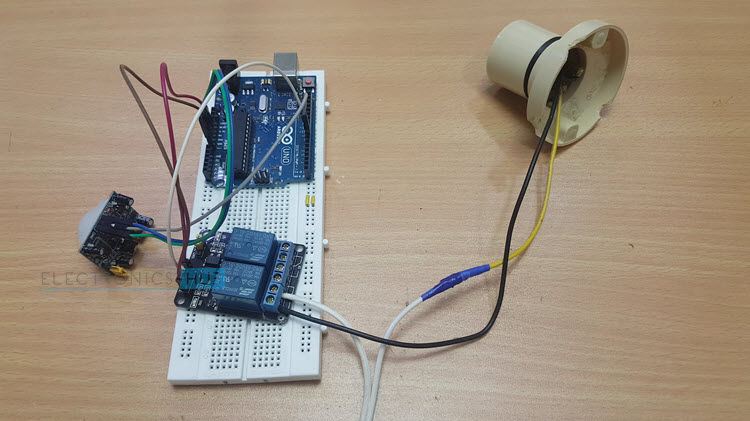
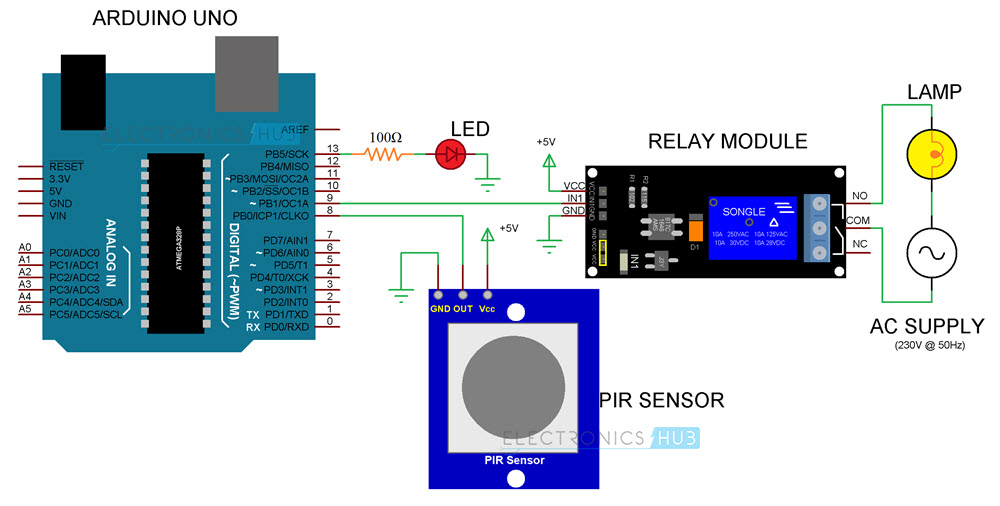
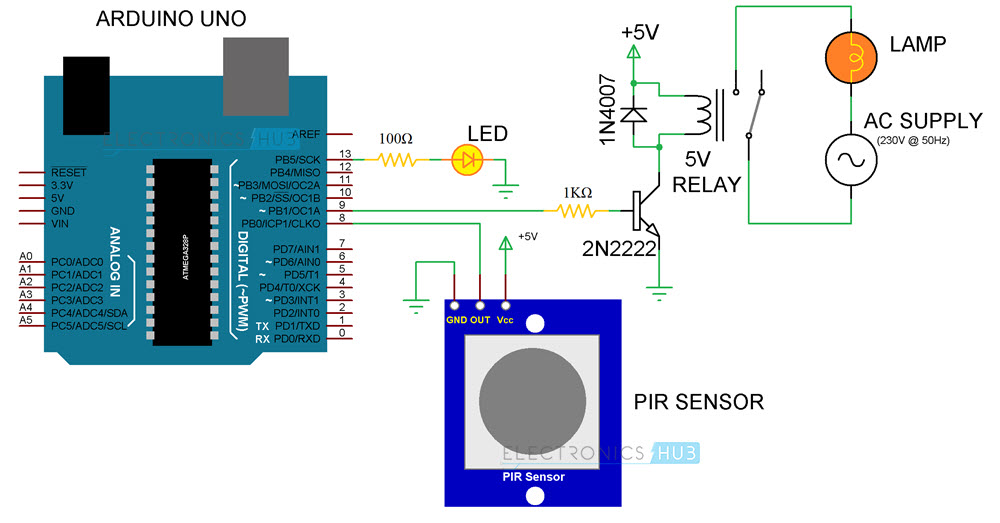
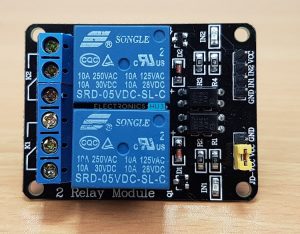
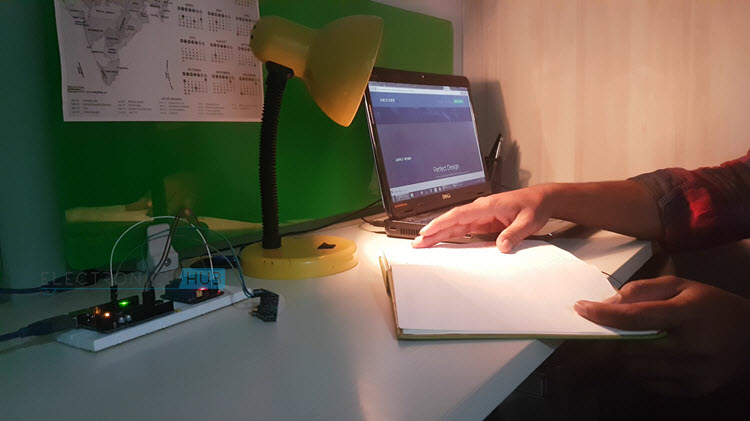
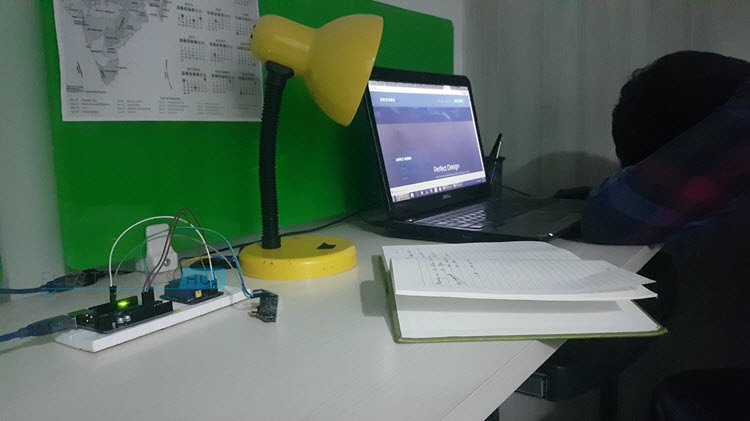









![]()